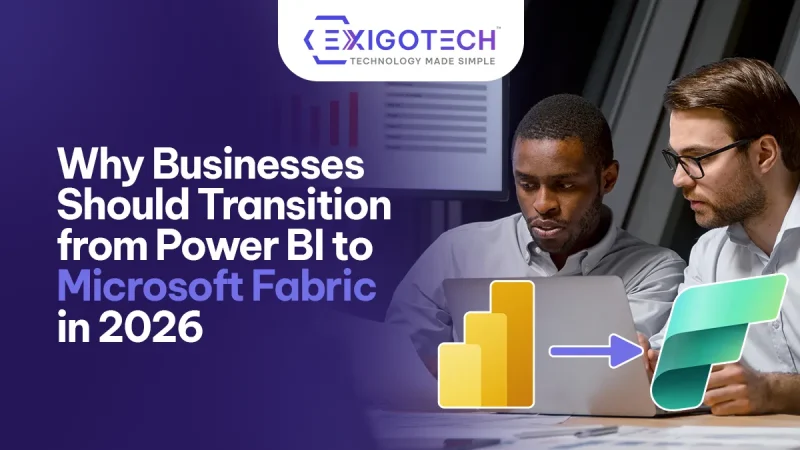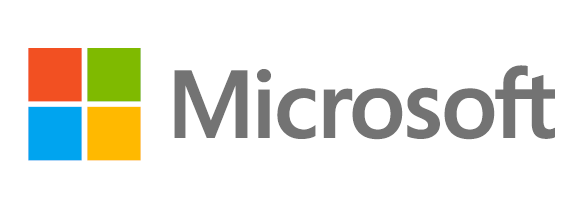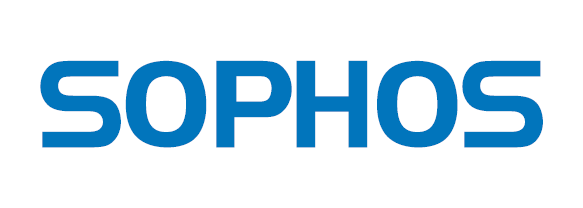The Evolution of Analytics
As we approach 2026, the landscape of business analytics is undergoing a profound transformation. The sheer volume and complexity of data generated by modern organisations demand more than just powerful visualisation tools—they require unified, intelligent platforms that can seamlessly integrate, analyse, and secure data across the enterprise. Power BI has long been a trusted solution for business intelligence, but Microsoft Fabric represents the next evolution: a comprehensive, future-ready analytics platform that brings together data integration, AI, and security in a single, cohesive environment.
Why Transition to Microsoft Fabric?
Unified Analytics for Modern Businesses
One of the most compelling reasons to transition to Microsoft Fabric is its ability to consolidate multiple analytics tools into a single platform. Unlike Power BI, which focuses primarily on data visualisation and reporting, Microsoft Fabric unifies data engineering, warehousing, science, and real-time analytics alongside business intelligence. This integration eliminates data silos, streamlines workflows, and enables teams to collaborate more effectively.
- Single Platform for Data Integration and Visualisation: Fabric’s OneLake architecture provides a centralised data hub, allowing different teams to work with the same datasets using their preferred tools and methods. This unified approach accelerates time-to-insight and reduces the friction of moving data between disparate systems.
- Enhanced Collaboration Across Teams: With all analytics workloads—data engineering, science, warehousing, and BI—under one roof, cross-functional teams can collaborate in real time, fostering a truly data-driven culture.
- Streamlined Governance and Compliance: Fabric integrates Microsoft Purview for consistent data management and compliance, making it easier to enforce policies and protect sensitive information across the organisation.
Power BI Migration Benefits
Migrating from Power BI to Microsoft Fabric is not just a technical upgrade—it’s a strategic move to future-proof your analytics capabilities.
- Future-Proof Your Analytics Strategy: Microsoft is phasing out Power BI Premium SKUs in favour of Fabric capacities, making migration a necessity for many organisations. Fabric’s architecture is designed to scale with your business, supporting advanced analytics and AI workloads as your needs evolve.
- Access Advanced AI-Driven Insights: Fabric’s deep integration with Azure AI and Copilot enables predictive analytics, automated reporting, and natural language queries, empowering users at all levels to make smarter, faster decisions.
- Improved Cost Efficiency and ROI: By consolidating analytics workloads onto a single platform, organisations can reduce infrastructure costs, eliminate redundant tools, and optimise resource allocation. Case studies show that businesses migrating to Fabric have achieved significant operational savings and improved reporting speed.
Key Features of Microsoft Fabric
Security and Compliance
Data security and compliance are top priorities for any organisation. Microsoft Fabric offers record-level security and adheres to global compliance standards, ensuring that sensitive data is protected at every stage of the analytics lifecycle. Integrated governance tools make it easier to manage permissions, monitor usage, and demonstrate compliance during audits.
AI-Driven Insights
The integration of Copilot within Microsoft Fabric is a game-changer. Copilot leverages advanced AI to automate routine analytics tasks, generate predictive insights, and surface trends that might otherwise go unnoticed. This not only reduces manual effort but also empowers business users to explore data independently, accelerating the decision-making process.
Migration Best Practices
Transitioning from Power BI to Microsoft Fabric requires careful planning:
- Assess Your Current Environment: Inventory your existing Power BI assets, data sources, and dependencies.
- Map Features and Architecture: Understand how your current reports, datasets, and workflows will translate to Fabric’s lakehouse and warehouse architecture.
- Plan for Governance and Security: Reconfigure permissions and compliance policies using Fabric’s integrated tools.
- Train and Support Users: Invest in change management and training to ensure a smooth transition and maximise user adoption.
Conclusion: Embracing the Future of Analytics
The transition from Power BI to Microsoft Fabric is more than a technical migration—it’s a strategic investment in the future of your organisation’s data capabilities. By unifying analytics, enhancing security, and unlocking the power of AI, Microsoft Fabric positions businesses to thrive in an increasingly data-driven world. As 2026 approaches, now is the time to start planning your migration and embrace the next generation of analytics.
 Australia
Australia Singapore
Singapore Philippines
Philippines India
India Ben Opit | Nov 28, 2025
Ben Opit | Nov 28, 2025









